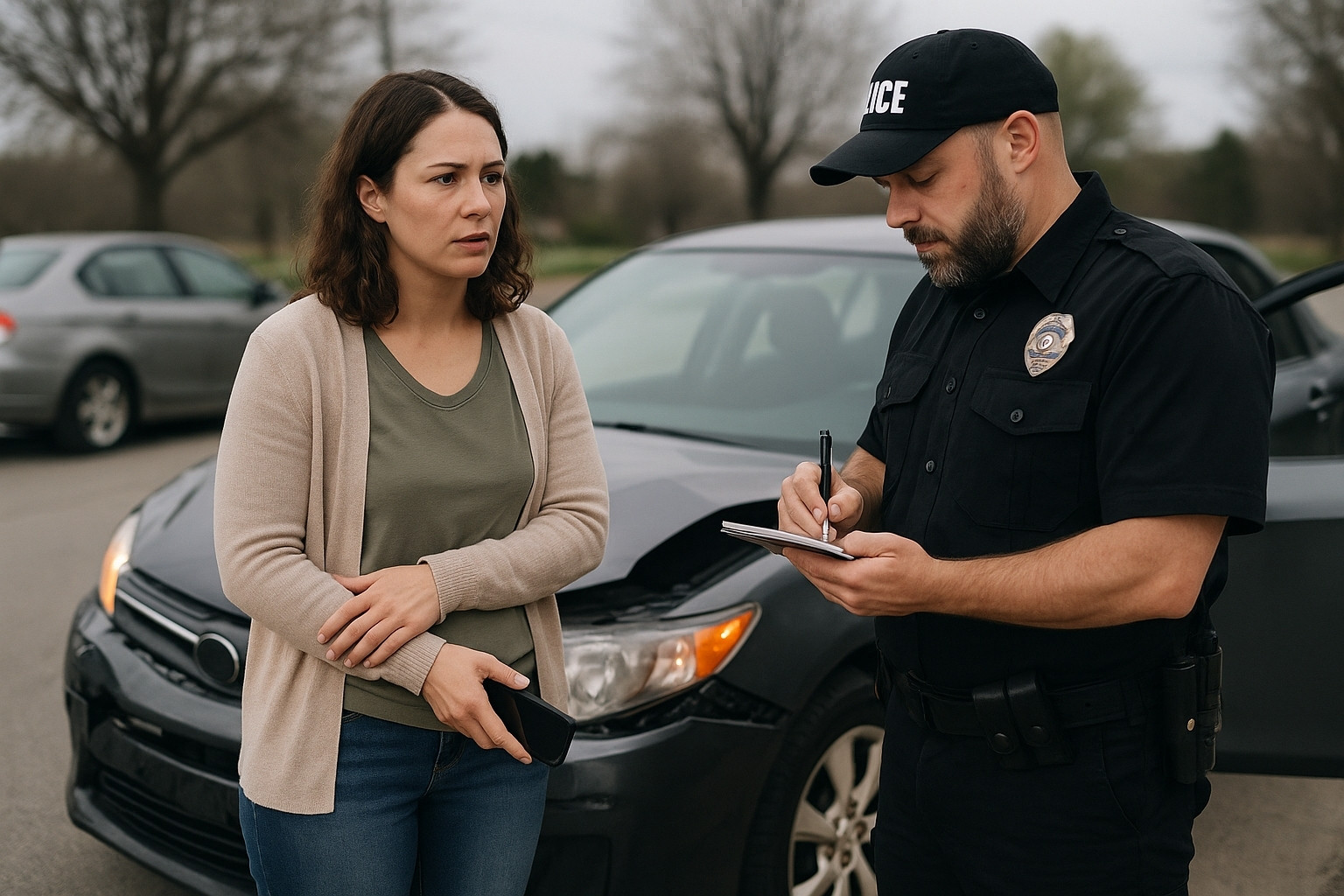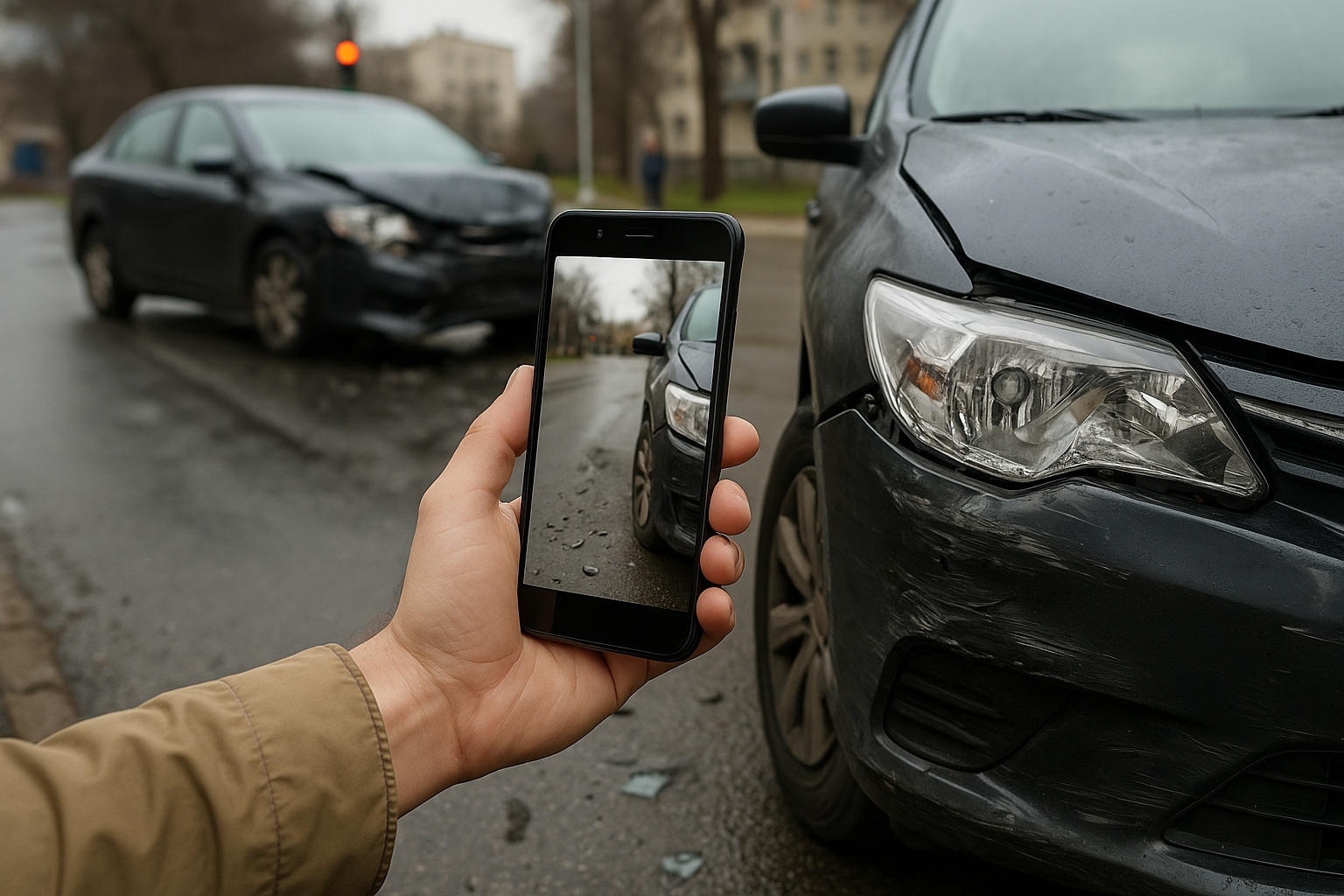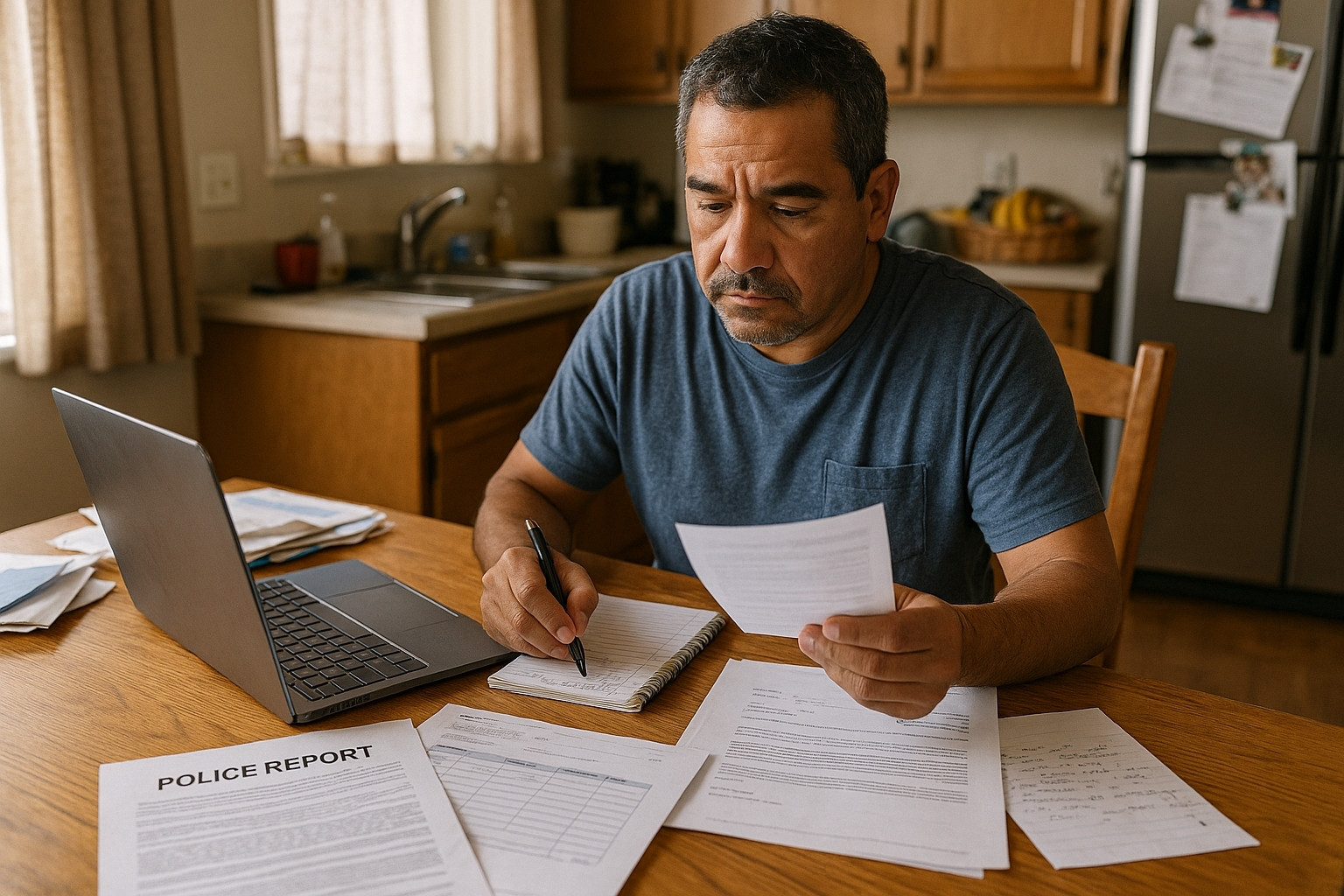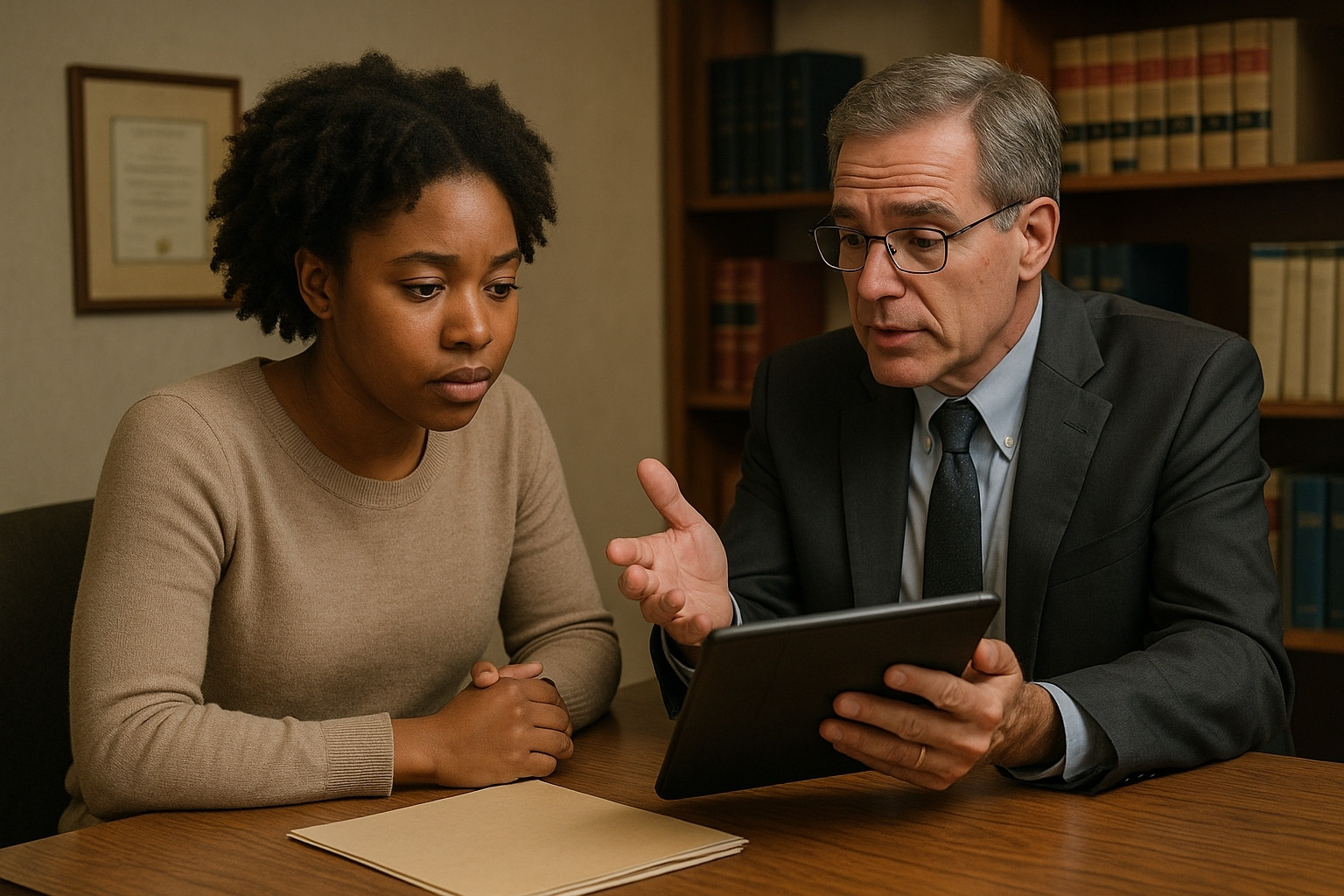The moments immediately following a motor vehicle accident can be disorienting and stressful. However, your actions during this critical time can significantly impact the success of your future claim. This guide outlines the essential steps to take to properly file a motor vehicle accident claim, ensuring you protect your rights and lay a strong foundation for receiving the compensation you deserve. Remember, safety is always the first priority. For a broader understanding of the entire process, explore our comprehensive section.

Unfortunately, based on your response, you may not qualify to file a claim. Most personal injury cases must be filed within two years of the accident, in accordance with the statute of limitations. Please consult with a licensed attorney to explore any possible exceptions or additional options.
Your well-being is paramount. Once you've ensured your safety and checked for injuries, consider these steps at the scene, if the situation allows:
Move vehicles to a safe location if possible, or activate hazard lights. Check yourself and others for injuries. Even if you feel fine, call 911 if there are any injuries. Your health is the most important thing. Do not refuse medical attention if offered. Some injuries may not be immediately apparent.
Call the police, even for minor accidents, especially if there are injuries, significant property damage, or if the other party leaves the scene. A police report provides an official, unbiased account of the incident, which is crucial for your claim. Obtain the police report number and the officer's name and badge number.
Collect information from all drivers involved: Full names, contact information, driver's license numbers, insurance company names and policy numbers, vehicle make/model/year, and license plate numbers. Get contact information from any passengers or witnesses.

Use your phone to take clear photos and videos of everything relevant: damage to all vehicles involved (close-ups and wide shots), vehicle positions after the collision, skid marks, broken glass, or debris, road conditions, traffic signs, and signals, and any visible injuries. Capture the surrounding environment, including weather conditions. This visual evidence is a critical part of your documents needed for a claim.
Even a simple 'I'm sorry' can be misconstrued as an admission of guilt. Stick to the facts when speaking with others at the scene or law enforcement.
Limit conversations at the scene. Do not speak with the other driver's insurance company directly without legal advice. Insurance adjusters are working for the insurer, not for you.
The steps you take immediately after leaving the accident scene are just as vital for your claim:

See a doctor as soon as possible, even if you initially feel fine. A medical professional can diagnose injuries that may have delayed symptoms (like whiplash or concussions) and create official documentation, which is critical for your personal injury claim. Follow all medical advice and attend all appointments.
Report the accident to your own insurance company promptly, usually within 24-48 hours. Provide only factual information about the accident; do not speculate or offer opinions on fault or injuries at this stage. Be cautious about giving a recorded statement without first speaking to an attorney. Check your policy for specific time limits for notification. Understand what insurance covers in your policy.
Keep all records related to the accident in one place: police report, medical records and bills (including emergency room, doctor visits, physical therapy, prescriptions), vehicle repair estimates or receipts, proof of lost wages (pay stubs, employer letter), photos and videos taken at the scene, and contact information for all parties and witnesses.
This is arguably the most important step. An experienced personal injury attorney can:
Protect your rights and guide you through the complex legal process. Handle all communication with insurance companies. Gather additional evidence and investigate the accident thoroughly. Accurately assess the full value of your claim, including current and future medical costs, lost wages, and pain and suffering. Negotiate with insurers on your behalf to secure maximum compensation, and represent you in court if a fair settlement cannot be reached. MVAClaim.com connects you with vetted, specialized attorneys nationwide for a free, no-obligation case evaluation.
Do not post about your accident or injuries on social media. Insurance companies may use anything you post against your claim.
Once you've taken the initial steps and ideally consulted with an attorney, the formal claim process typically involves:

Your attorney will conduct a thorough investigation, collect police reports, witness statements, medical records, and other crucial evidence.
Once your medical treatment is complete (or sufficiently progressed), your attorney will send a demand letter to the at-fault driver's insurance company, outlining the accident, your injuries, damages, and a demand for compensation.
The insurance company will typically respond with a lower offer. Your attorney will negotiate to achieve a fair settlement that covers all your damages.
If a fair settlement cannot be reached through negotiation, your attorney may recommend filing a lawsuit and taking the case to court. Most cases settle before trial, but having a lawyer prepared for litigation gives you leverage.
Filing a motor vehicle accident claim can be a daunting process, but you don't have to face it alone. Acting quickly and securing proper legal guidance are the best ways to protect your rights and ensure you receive the full compensation you are entitled to.
MVAClaim.com is here to simplify your search for top-tier legal representation. We connect you with pre-vetted, specialized accident attorneys in your state who work on a contingency fee basis - meaning you pay nothing unless they win your case.
Unfortunately, based on your response, you may not qualify to file a claim. Most personal injury cases must be filed within two years of the accident, in accordance with the statute of limitations. Please consult with a licensed attorney to explore any possible exceptions or additional options.